With a coastline of 3,440 km, Vietnam has a unique and favorable geographical position in the East Sea and Southeast Asia. However, being located in the Southeast Asian monsoon belt along with diverse terrain also means that Vietnam is one of the countries with the most natural resources in the world and has to suffer from many different types of natural disasters such as storms, tropical depressions and forest fires, especially floods, droughts, saltwater intrusion, landslides, etc.
Climate change scenarios predict that if sea levels rise by 1 meter, about 39% of the Mekong Delta will be flooded, threatening more than 18 million people and losing about 50% of agricultural land. In fact, the natural disaster situation is very complicated, with floods at historic levels, causing very serious damage to land and property, and increasingly extreme impacts on economic growth when natural disasters in 2024 caused damage of about 0.4% of GDP, and in 2025 it is estimated to be at least about 2%. The above damages do not include human loss and costs of handling the consequences of natural disasters such as epidemics, environmental pollution, etc.

Therefore, in Vietnam, one of the most important contents of sustainable management of natural resources is to strengthen the protection of the natural environment, especially the prevention and response to natural disasters. In reality, natural disasters are global phenomena, occurring unexpectedly, in many places, at many different times, so full and synchronous natural disaster prevention requires huge resources and a long-term period. Natural disasters in our country are occurring every year very seriously along with complex climate change, so it is necessary to proactively mobilize and synthesize 5 basic resources:
First, people: It is necessary to raise public awareness of resource protection; eliminate the common perception that natural resources are unlimited and free. Given the serious nature of annual natural disasters and the increasing impact of climate change, it is necessary to consider natural disaster prevention and control as a "war in peacetime" and one of the biggest pitfalls causing the gap between rich and poor and average income. In addition, it is necessary to improve disaster prevention skills of people, businesses and civil servants, especially in key areas.
Second, the institution: Article 6 of the Law on Natural Disaster Prevention and Control 2013 stipulates that the Vietnam People's Army is the core force in natural disaster prevention and control. However, it is necessary to emphasize more the initiative of the army and armed forces in responding to and overcoming natural disasters. The strategy of developing dual-use products needs to be thoroughly demonstrated in this field because natural disasters are the optimal simulation for military operations in peacetime.
The State needs to play a leading role in building institutions to provide resources such as developing markets for products, professional dual-use vehicles for military and disaster prevention and control as well as operating mechanisms for related financial funds. In addition, there needs to be more regular response plans and drills (especially before the storm season) so that the armed forces can strengthen close coordination with local and international authorities and civil organizations.
Third, products: a combination of “hard” and “soft” products is necessary for effective flood protection, as they address different aspects of risk. “Hard” products (technical infrastructure such as dikes, dams, reservoirs, flood channels, etc.) physically block or control water, while “soft” and non-structural products (land use) manage risk by controlling how people and assets interact with flood-prone areas.
There is a need for “soft” products for planning inter-regional and inter-basin irrigation systems, closely linked to land use and urban planning and natural disaster prevention and control, with special attention to vulnerable and flood-prone areas. It is necessary to use high-tech products of the digital age and international scientific cooperation to improve the quality of weather forecasting and communication products.
In particular, the addition of the "environment" pillar to the draft documents of the 14th National Party Congress will ensure that the whole society moves towards the three main pillars of sustainable development: economy - society - environment.
Fourth, finance: In addition to mobilizing and providing finance for general disaster prevention and control activities, the Government can use financial leverage to restructure the occupational conversion of unqualified boat people and move people out of areas where serious natural disasters often occur... In particular, it is necessary to research and implement the Government's fiscal policy to prioritize investment in developing the industrial market to develop the business community that produces and trades dual-use products.
Fifth, resources: Basic resources such as land, minerals, trees, forests, rivers, lakes, seas, and space (including underground space) after storm and flood seasons need to be identified and re-evaluated publicly, transparently, and regularly to ensure that they are still exploited, used reasonably, accumulated, and not exhausted according to the master plan. Above all, investment projects need to have environmental impact assessment reports after storm and flood seasons throughout the project's "life cycle".
In short, in the context of complex natural characteristics and severe climate change that is causing very serious consequences for the economy, society and environment in Vietnam today, deploying and implementing socio-economic resources will be the most comprehensive and practical solutions to proactively prevent, combat and effectively respond to natural disasters, storms, floods, rising sea levels, etc.
Exploiting, using and accumulating resources not only minimizes damage from natural disasters but also brings economic sustainability, social trust and especially the environment to lay the foundation for the development of a circular, low-carbon economy as well as minimizing pollution in large cities during the urbanization process.
Certainly, the Party Congress Documents, completed with the elite contributions of the entire population, will contribute to ensuring that "the tree of life remains evergreen" on the beautiful S-shaped land.
Source: https://daibieunhandan.vn/gop-y-du-thao-van-kien-dai-hoi-lan-thu-xiv-cua-dang-bao-dam-toan-xa-hoi-cung-huong-toi-3-tru-cot-chinh-cua-phat-trien-ben-vung-10394739.html



![[Photo] Closing of the 14th Conference of the 13th Party Central Committee](https://vphoto.vietnam.vn/thumb/1200x675/vietnam/resource/IMAGE/2025/11/06/1762404919012_a1-bnd-5975-5183-jpg.webp)


![[Photo] Prime Minister Pham Minh Chinh receives the delegation of the Semiconductor Manufacturing International (SEMI)](https://vphoto.vietnam.vn/thumb/1200x675/vietnam/resource/IMAGE/2025/11/06/1762434628831_dsc-0219-jpg.webp)

![Building a 'fortress' against natural disasters: [Part 2] Changing state from passive to active](https://vphoto.vietnam.vn/thumb/402x226/vietnam/resource/IMAGE/2025/11/06/1762423529917_0242-2223-160125_902.jpeg)





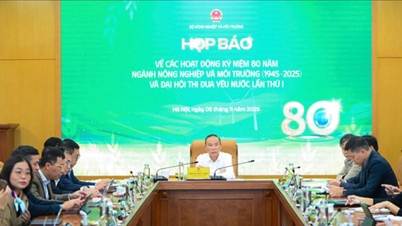

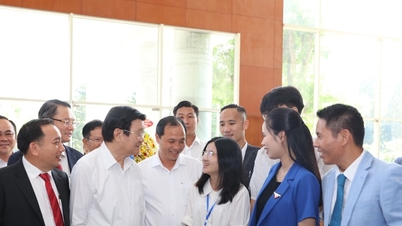




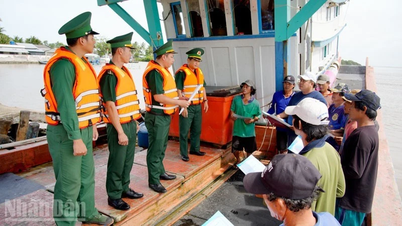
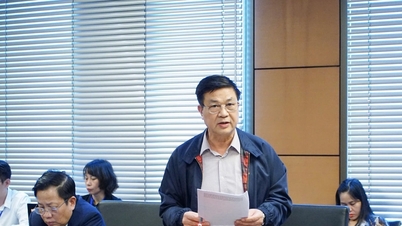
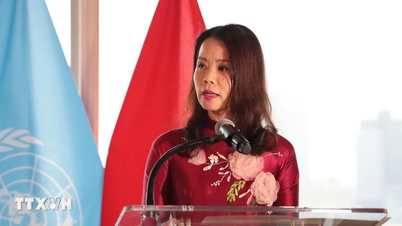








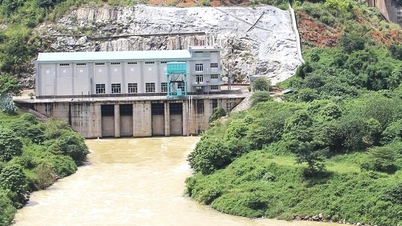

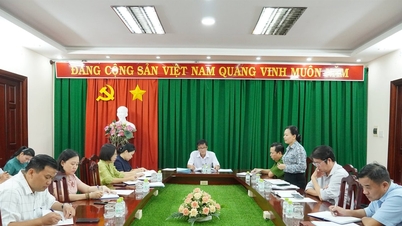
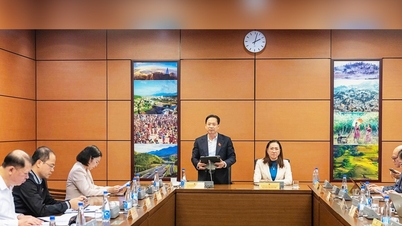



































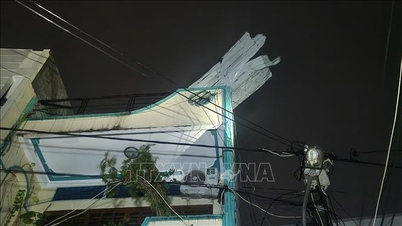
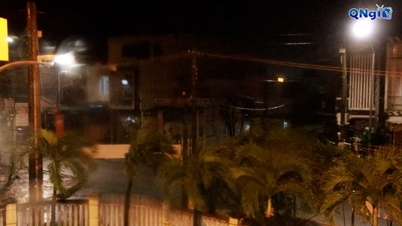

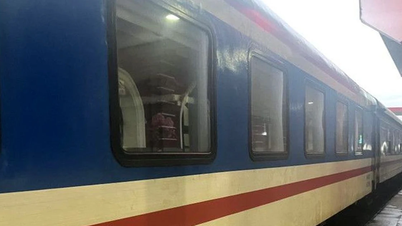

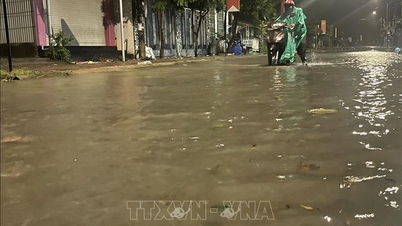

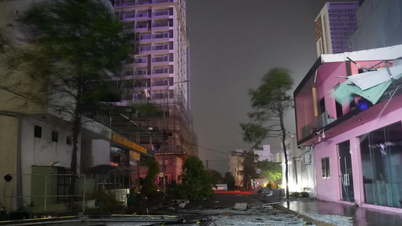



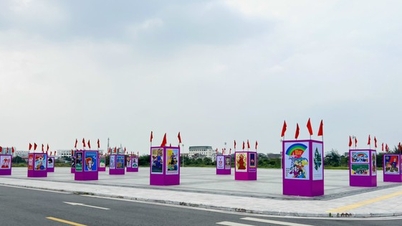






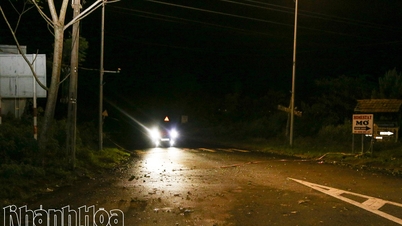

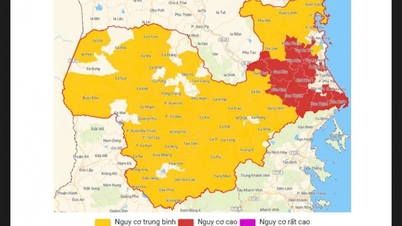

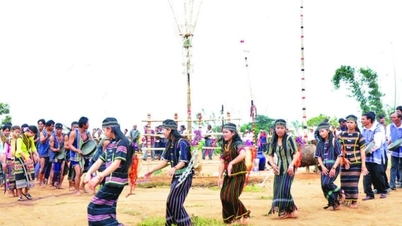

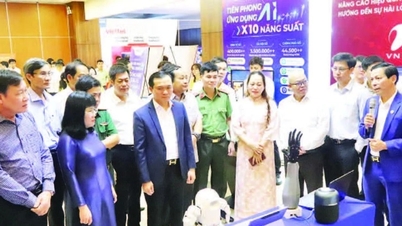















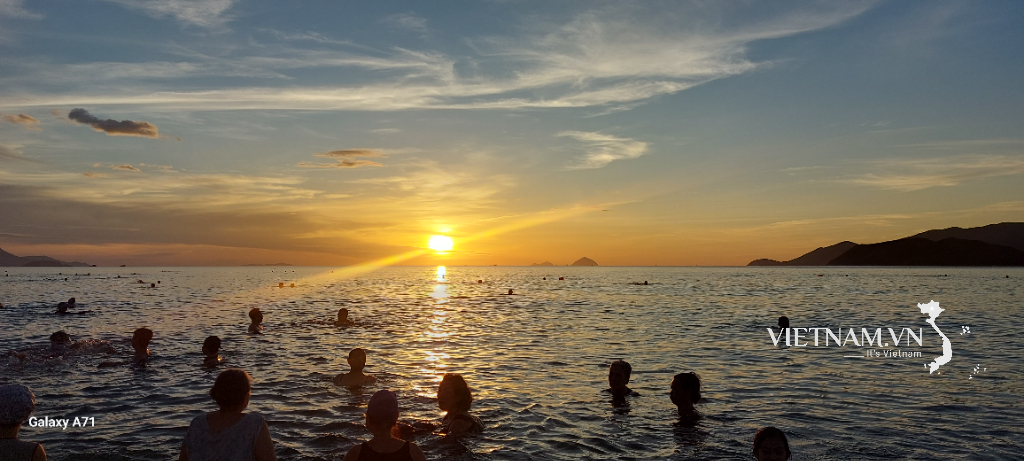

Comment (0)